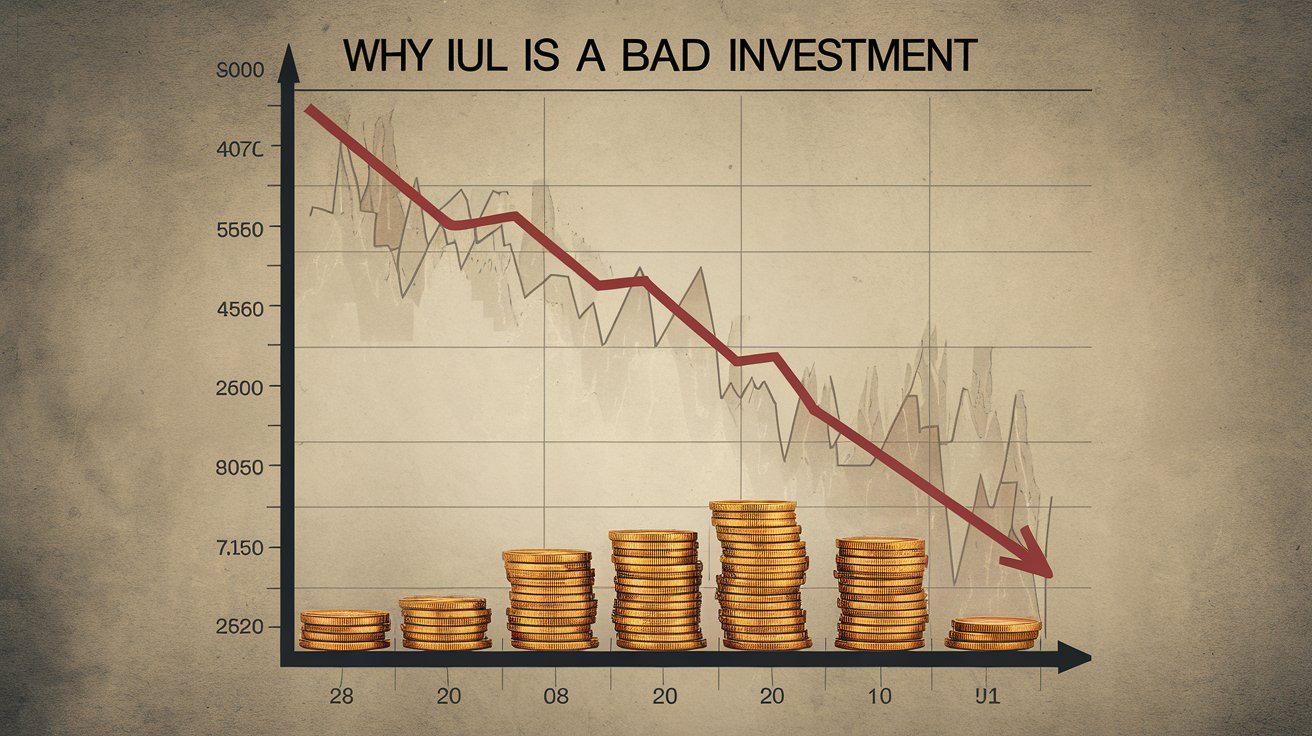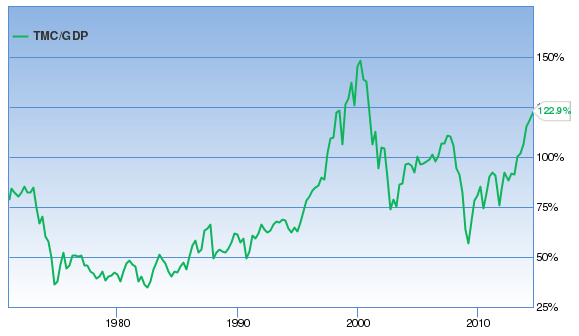Why IUL is a Bad Investment
Indexed Universal Life (IUL) insurance is often marketed as a versatile financial product, combining life insurance protection with the potential for tax-deferred cash value growth. While it may seem attractive on the surface, a closer look reveals that IUL can be a bad investment for many individuals. Below, we explore several reasons why IUL insurance fails to meet the expectations of most investors.
Lack of Transparency in Fees and Costs
One of the major drawbacks of Indexed Universal Life insurance is the lack of transparency surrounding its fees and costs. These policies often come with multiple layers of fees that are not always clear to the policyholder. Administrative fees, mortality charges, and the cost of insurance can significantly reduce the potential for cash value growth.
When investing in an IUL policy, many people are drawn to the idea of tax-deferred growth. However, what they don’t realize is that high fees eat into the potential returns. Over time, these fees can erode much of the cash value that’s built up within the policy, making it a poor choice for individuals looking for real investment growth.
Limited Growth Potential
Although Indexed Universal Life insurance is often pitched as offering market-linked returns without the risk of direct investment in equities, the growth potential is much more limited than advertised. IUL policies are tied to an index, such as the S&P 500, but they often cap the amount of growth you can realize. While the idea of “no losses” in market downturns is appealing, the reality is that the growth caps prevent the policyholder from experiencing the full benefits of market gains.
For instance, an IUL policy might offer a cap of 10% growth. Even if the index performs much better, you are stuck with the capped return. This limits the upside potential significantly, making it difficult for the cash value to grow at a meaningful rate over time.
Complexity and Misunderstanding
IUL policies are often marketed as a solution for those looking for both life insurance and investment opportunities. However, the complexity of these products makes it easy for policyholders to misunderstand how they actually work. Agents may not always explain the intricacies of the policy, which can lead to confusion about what the policy offers and what it doesn’t.
The indexing feature can be particularly confusing. Many people assume they are directly investing in the stock market, but they are not. Instead, they are simply tracking the performance of an index, without the potential to receive dividends. This can create unrealistic expectations about how much money will be available for retirement or other financial goals.
High Surrender Charges
Another major issue with Indexed Universal Life insurance is the high surrender charges. If you decide to cancel your policy within the first several years, you may be hit with substantial surrender fees. These fees can severely reduce the amount of money you receive if you need to cash out early, leaving you with a fraction of the value you thought you had accumulated.
Many individuals buy into IUL policies without fully understanding how these surrender charges work, only to be unpleasantly surprised when they try to access their funds. For those who need flexibility in accessing their money, an IUL is often a poor choice.
Inconsistent Returns
Unlike other investments, the returns on Indexed Universal Life insurance are inconsistent and unpredictable. The cash value in an IUL policy is tied to the performance of an index, which fluctuates over time. This means that some years you may see decent returns, while other years you may experience little to no growth.
Additionally, because of the caps on gains, the returns tend to be lower than what you would achieve with other investment vehicles such as stocks or mutual funds. Over the long term, this inconsistency makes it difficult to plan for retirement or other financial goals, as you can’t rely on steady growth from your IUL policy.
Better Alternatives to IUL
For individuals looking for both life insurance and investment growth, there are better alternatives to Indexed Universal Life insurance. Here are a few options that offer more transparency, better growth potential, and fewer hidden fees:
- Term Life Insurance and Separate Investments: This is often the most cost-effective solution. Purchase a term life insurance policy to cover your life insurance needs, and invest the remaining money in more traditional vehicles such as stocks, bonds, or mutual funds. This allows you to achieve higher returns without the complexity and fees associated with IUL policies.
- Roth IRA: A Roth IRA offers tax-free growth and tax-free withdrawals in retirement, making it a much better investment choice than Indexed Universal Life insurance. You’ll also avoid the high fees and lack of transparency associated with IUL policies.
- 401(k) or Traditional IRA: For those looking to save for retirement, contributing to a 401(k) or traditional IRA often makes more sense than investing in an IUL policy. Both options offer tax-deferred growth and allow you to invest in a wide range of assets, providing more flexibility and better potential for long-term growth.
Why IULs Are Marketed as Good Investments
Despite the numerous drawbacks, IUL insurance is aggressively marketed as a good investment by insurance companies and agents. Why? The answer lies in the high commissions and incentives that agents receive for selling these policies. IUL policies are much more profitable for insurance companies than traditional term life policies, which means that there is a financial incentive for agents to push these products, even if they aren’t the best option for the consumer.
Because of the complexity of IUL policies, it’s easy for agents to emphasize the potential benefits while downplaying the risks. This can lead to a situation where policyholders end up with a product that doesn’t meet their needs or expectations.
Conclusion: Is IUL Really Worth It?
In conclusion, Indexed Universal Life insurance is a bad investment for most people. While it promises market-linked growth and life insurance protection, the reality is that the high fees, growth caps, complexity, and inconsistent returns make it a poor choice for those looking for financial growth and stability.
For individuals seeking long-term investment growth and life insurance protection, there are better options available that provide more transparency, higher returns, and lower fees. Rather than getting locked into a complex and costly IUL policy, consider alternative investment strategies that will help you achieve your financial goals without the drawbacks of Indexed Universal Life insurance.





